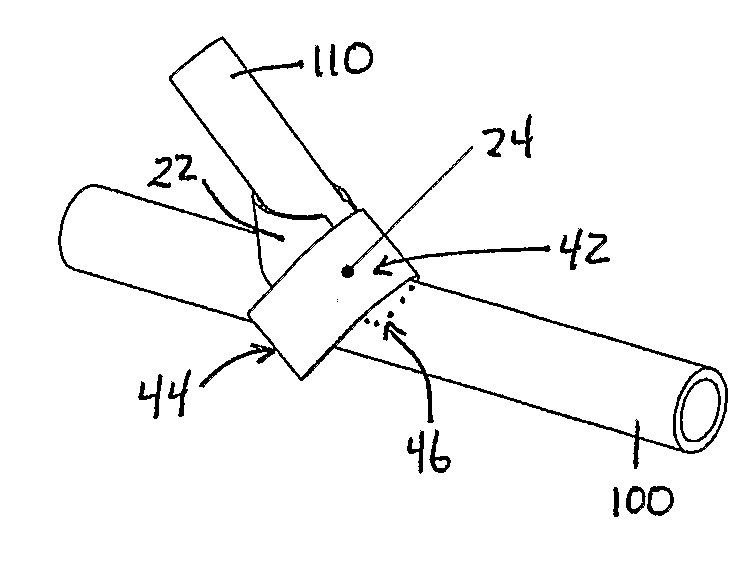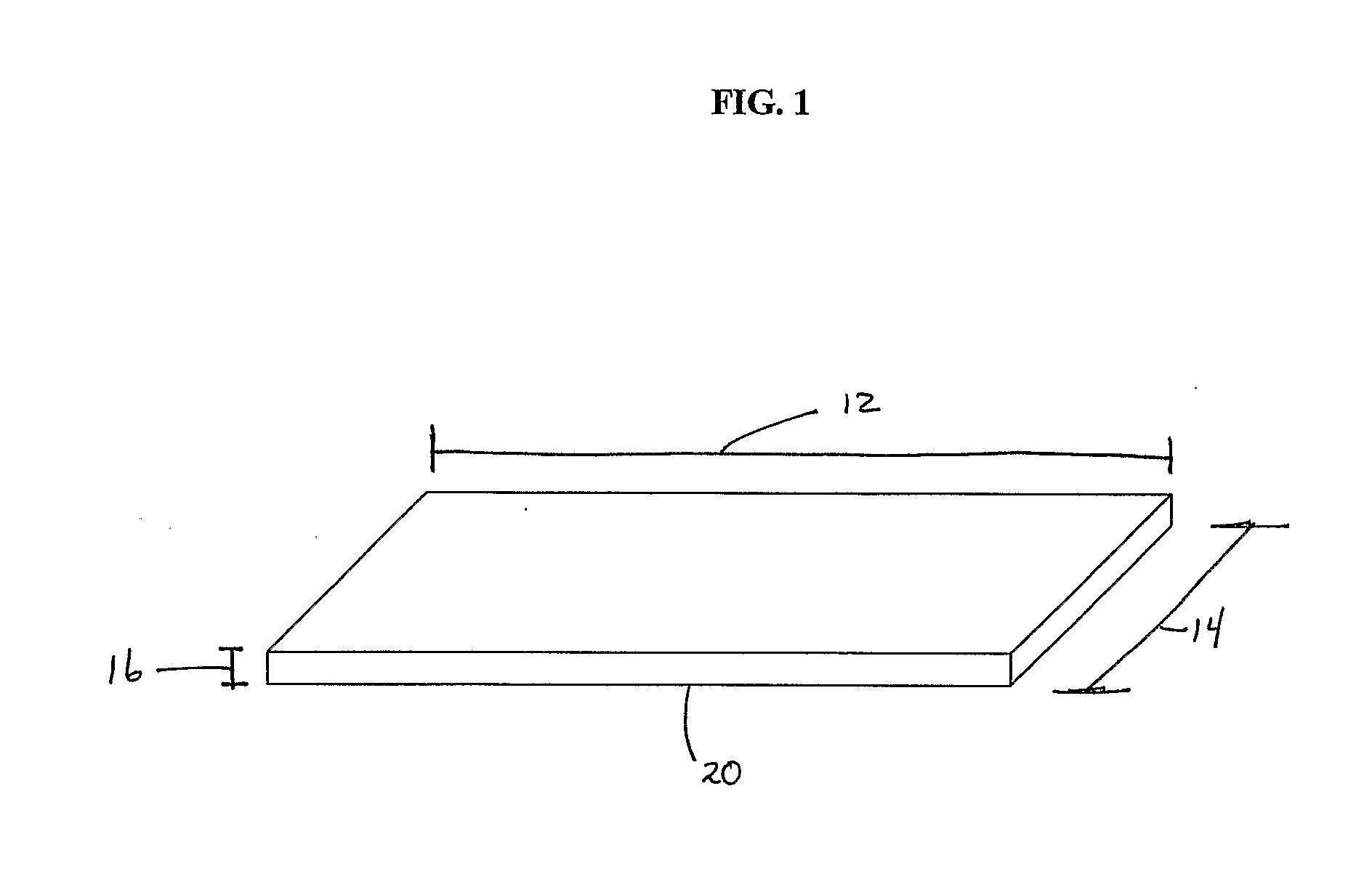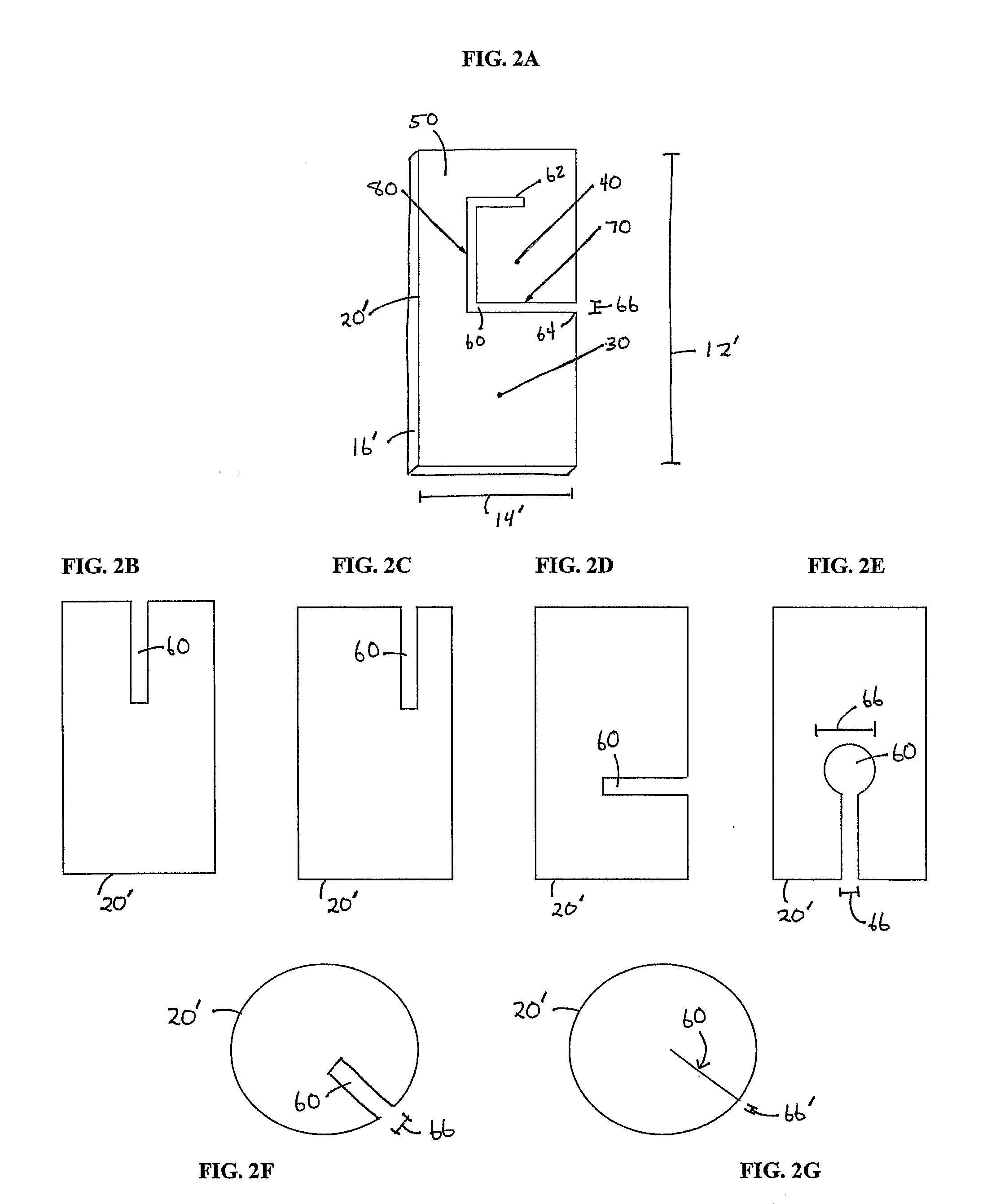Methods And Compositions For Enhacing Vascular Access
a vascular access and composition technology, applied in the direction of prosthesis, blood vessels, extracellular fluid disorder, etc., can solve the problems of vascular access failure, morbidity in the hemodialysis population, and the annual cost of vascular access related morbidity in the us currently exceeds 1 billion dollars per year, so as to prolong the structure, promote formation, and enhance the effect of maturation
- Summary
- Abstract
- Description
- Claims
- Application Information
AI Technical Summary
Benefits of technology
Problems solved by technology
Method used
Image
Examples
example 1
Human AV Fistula Study
[0176]This example provides experimental protocols for testing and using a preferred embodiment of implantable material comprising vascular endothelial cells to enhance maturation of a fistula and / or prevent failure of a fistula to mature. Using standard surgical procedures, an arteriovenous fistula is created at the desired anatomic location. The implantable material in a flexible planar form is then disposed in the perivascular space adjacent to the surgically created fistula; the details of one exemplary procedure are set forth below. As described earlier, the placement and configuration of the implantable material can be varied to suit the clinical circumstances. In this study, a preferred exemplary flexible planar form is depicted in at least FIG. 1 or 2A.
[0177]The experiments and protocols set forth below provide sufficient guidance:
[0178]1. To evaluate arteriovenous fistula failure to mature at 3 months.
[0179]For this study, failure to mature is defined ...
example 2
[0196]This example provides experimental protocols for testing and using a preferred embodiment of the present invention to promote formation of a functional AV graft in animal test subjects. Using standard surgical procedures, an AV graft was created between the carotid artery and the jugular vein. Implantable material was then disposed in the perivascular space adjacent to each surgically created AV graft anastomosis; the details of one exemplary procedure are set forth below. As described earlier, the placement and configuration of implantable material can be varied. In this study, the implantable material was in a flexible planar form as depicted in FIGS. 4A, 4B and 4C.
[0197]Specifically, the study included 26 porcine test subjects undergoing AV graft surgery. Conventional AV graft surgery procedures were performed according to standard operative techniques. Implantable material was applied to the AV graft anastomoses and surrounds as described below after t...
example 3
Human AV Graft Clinical Study
[0219]This example provides experimental protocols for testing and using the invention to promote formation of a functional AV graft in human clinical test subjects. Using standard surgical procedures, an AV graft anastomosis is created at the desired anatomic location and an ePTFE prosthetic bridge is placed between the arterial and venous anastomoses. Implantable material is then disposed in the perivascular space adjacent to each surgically created AV graft anastomosis; the details of one exemplary procedure are set forth below. As described earlier, the placement and configuration of implantable material can be varied by the skilled practitioner in a routine manner.
[0220]Specifically, the study includes human test subjects undergoing AV graft surgery. Conventional AV graft surgery procedures will be performed according to standard operative techniques. The implantable material of the present invention will be applied to the AV graft anastomoses and s...
PUM
| Property | Measurement | Unit |
|---|---|---|
| time | aaaaa | aaaaa |
| time | aaaaa | aaaaa |
| time | aaaaa | aaaaa |
Abstract
Description
Claims
Application Information
 Login to View More
Login to View More - R&D
- Intellectual Property
- Life Sciences
- Materials
- Tech Scout
- Unparalleled Data Quality
- Higher Quality Content
- 60% Fewer Hallucinations
Browse by: Latest US Patents, China's latest patents, Technical Efficacy Thesaurus, Application Domain, Technology Topic, Popular Technical Reports.
© 2025 PatSnap. All rights reserved.Legal|Privacy policy|Modern Slavery Act Transparency Statement|Sitemap|About US| Contact US: help@patsnap.com



